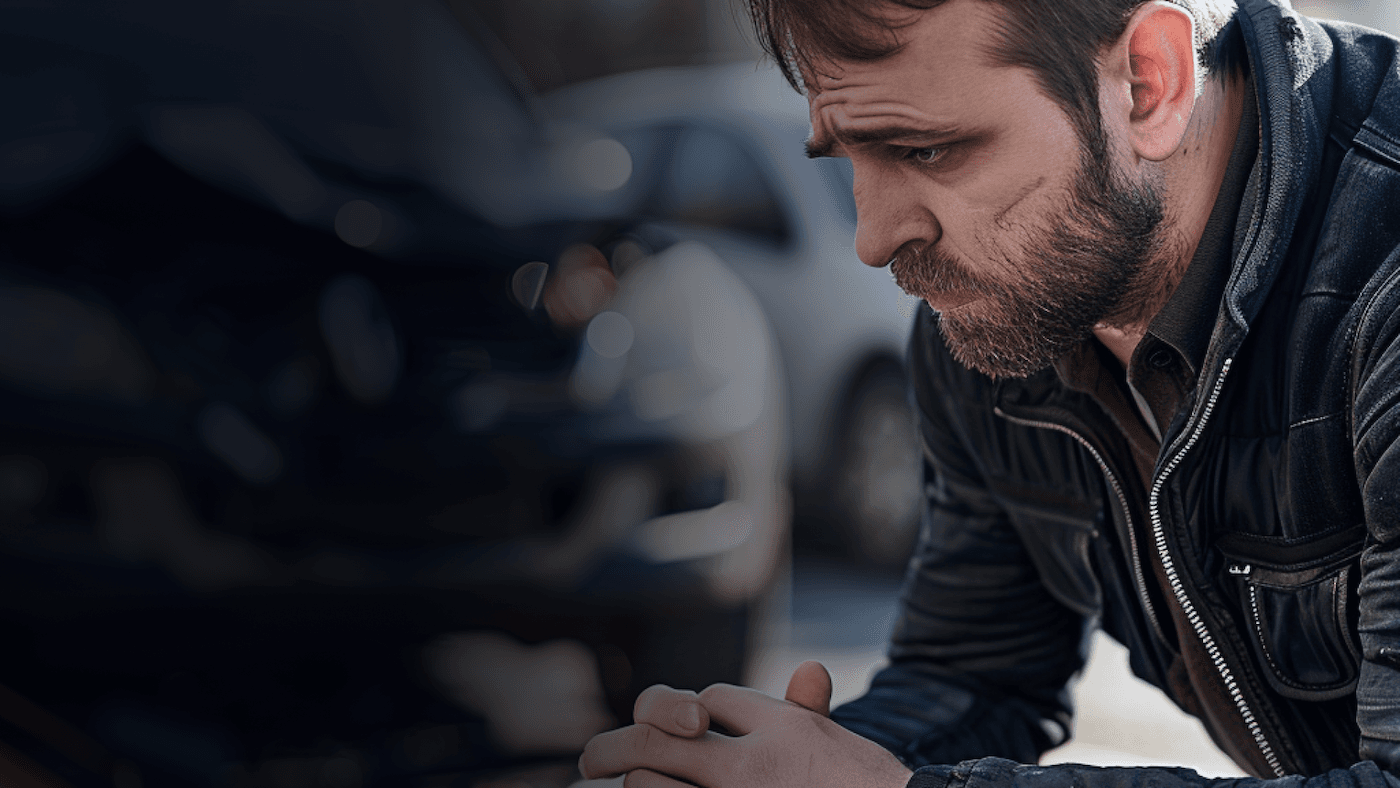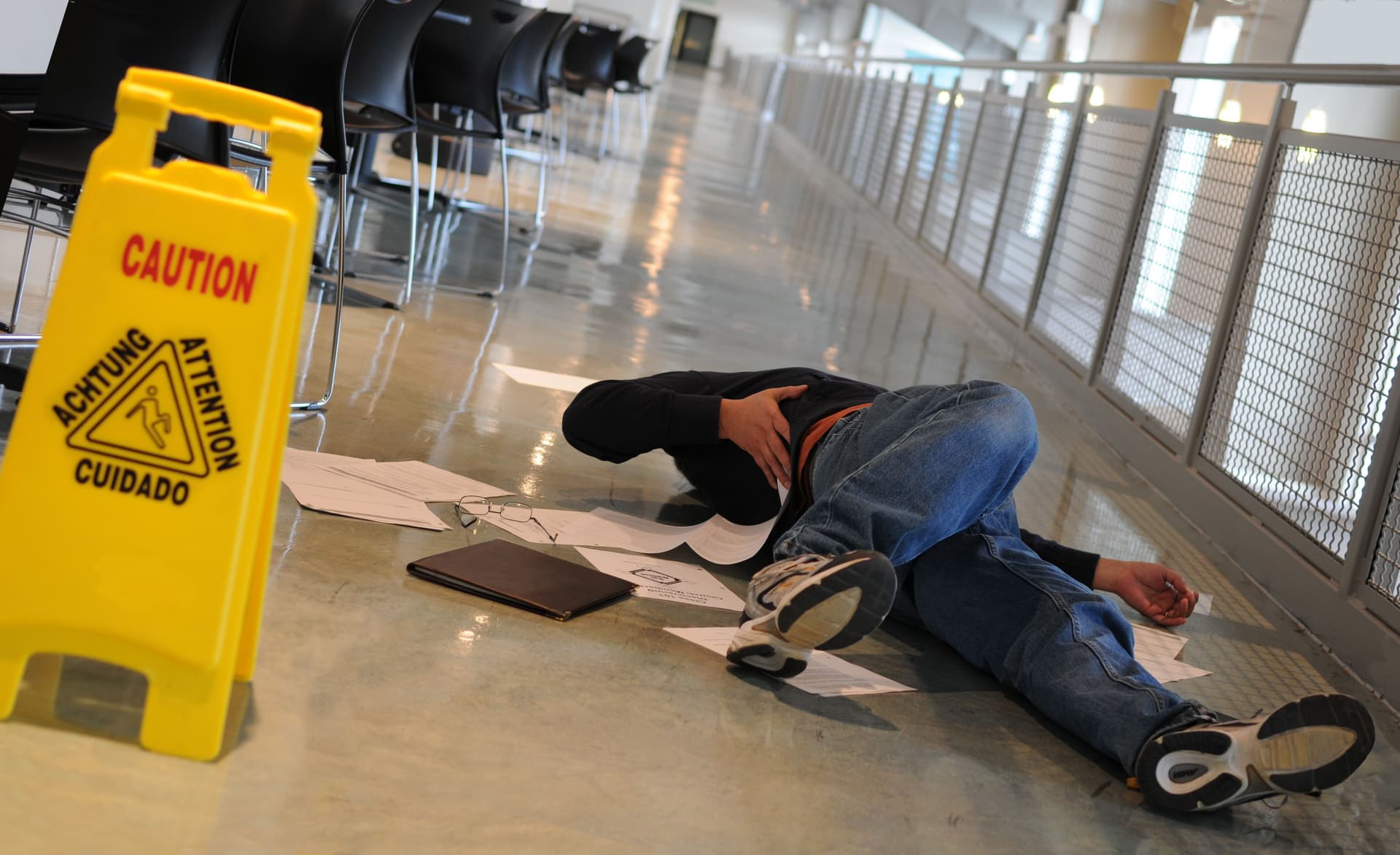
How to Prove Liability in Slip and Fall Cases: A Complete Guide for Victims
Learn how to prove negligence in slip and fall cases, gather evidence, understand property owner responsibility, and secure rightful compensation with support from GetCompensation.LAW.
Our Network of Attorneys Are Recognized by the Best
Slip and fall accidents happen in an instant, yet their consequences can last a lifetime. A simple walk across a store aisle, a hallway, or a parking lot can end in serious injury, unexpected medical bills, lost wages, and long-term pain. Many victims automatically blame themselves, but the truth is that a significant portion of these accidents occur because property owners failed to keep their premises safe.
Right at the beginning, it’s important to highlight the mission of GetCompensation.LAW: helping victims connect with elite trial attorneys who are ready to go to war against insurance companies and ensure the victim is not pressured into accepting less than they deserve.
Proving liability is critical for securing full and fair compensation. It requires understanding the legal standards imposed on property owners, the evidence needed to demonstrate negligence, and the most common strategies insurers use to avoid paying victims. When handled correctly, a slip and fall case can lead to substantial financial recovery — but only when victims understand their rights and take action quickly.
Understanding Liability in Slip and Fall Accidents
Slip and fall cases are rooted in premises liability, a legal doctrine that holds property owners responsible when they fail to maintain safe environments. Owners and managers must routinely inspect their property, correct dangerous conditions, and warn visitors about hazards they cannot immediately fix. When they fail to meet these obligations, they can be held legally accountable.
Unsafe conditions such as weak lighting, damaged flooring, spilled liquids, uneven surfaces, broken steps, or accumulated ice can create dangerous environments where accidents are likely to occur. In many cases, these hazards are predictable, preventable, and directly linked to negligence.
Importantly, liability isn’t limited to hazards a property owner actually knew about. If the danger existed long enough that a responsible property owner should have known, they can still be held liable. This is a powerful legal protection that helps victims whose accidents occurred due to hazardous walkway conditions.
Establishing the Existence of a Dangerous Condition
Successfully proving a slip and fall case requires demonstrating that a dangerous condition existed and that this condition directly caused the fall. While the concept sounds straightforward, insurers routinely argue that the victim was distracted, careless, or responsible for their own fall.
This makes documentation essential.
A hazard may include:
- Water left on the floor without warning
- Ice in a walkway that was never salted
- A poorly lit stairway
- A loose tile or carpet edge
- A structural defect that had existed for weeks
When injuries occur because the property owner failed to detect or remedy a hazard, proving negligence becomes significantly easier.
The condition does not need to be dramatic or obvious; even small hazards can create dangerous circumstances that lead to severe fall-related injuries. What matters is whether the owner did what a reasonable person would do — and many times, the answer is no.
Understanding the Impact of the Injury
The seriousness of the injury also plays a major role in determining the value of the case. Slip and fall accidents frequently result in:
- Fractures
- Spinal injuries
- Concussions
- Torn ligaments
- Hip injuries
- Permanent mobility limitations
These injuries often require surgeries, rehabilitation, and extended medical care. They may prevent victims from working or performing daily activities. Insurance companies frequently attempt to minimize the extent of the injuries or claim they stem from preexisting conditions.
However, prompt medical treatment helps establish causation and confirms that the injuries resulted from the accident. This documentation strengthens the claim for rightful injury compensation, ensuring that victims do not bear the financial burden of someone else’s negligence.

How Negligence Is Proven
To establish negligence, your legal team must show that the property owner failed to act reasonably. This often involves:
- Reviewing maintenance logs
- Investigating past complaints
- Analyzing surveillance footage
- Determining whether employees ignored the hazard
- Identifying prior accidents in the same area
One of the strongest indicators of negligence is time. If a spill existed long enough for employees to discover it, or if a broken stair had been reported days earlier without repair, the owner is likely responsible.
Many property owners lack formal inspection procedures or rely on staff who are poorly trained to identify hazards. When these failures contribute to an accident, the injured person has a strong foundation to pursue compensation.
The Role of Documentation in Strengthening the Case
Evidence is the backbone of every slip and fall case. The more documentation available, the harder it becomes for insurance companies to deny responsibility.
Photos of the hazard, lighting conditions, or surrounding environment help preserve details that would otherwise disappear. Witnesses can confirm that the hazard was present well before the fall or that no warning signs were posted.
Incident reports, especially in commercial establishments, create a formal record that cannot be ignored. Medical records establish the nature and severity of the injuries, proving that the fall was the source of the harm.
Together, these pieces of evidence create a narrative that makes it difficult for insurers to argue that the victim was at fault.
How Insurance Companies Try to Undermine the Claim
Insurance companies are trained to minimize payouts. They often argue that:
- The victim wasn’t paying attention
- The hazard was obvious
- The property owner didn’t have time to fix the condition
- The victim’s shoes were inappropriate
- The injuries weren’t caused by the fall
Adjusters may sound friendly, but their priority is to protect the company’s finances — not the victim’s health, stability, or future. They frequently push victims to give statements that can be used against them later.
This makes early legal guidance for victims essential. Slip and fall attorneys know how insurers operate and ensure victims aren’t tricked into devaluing their own cases.
Why Hiring an Attorney Early Makes a Major Difference
Slip and fall cases are time-sensitive. Surveillance footage can be deleted quickly. Witnesses can forget details. Physical evidence can disappear. Property owners may even repair the hazard to make it harder to prove negligence.
When victims contact legal representation early, attorneys can:
- Preserve video evidence
- Conduct investigations
- Interview witnesses
- Obtain maintenance and cleaning records
- Protect victims from insurance adjusters
- Calculate damages accurately
- Build a strategic legal case
GetCompensation.LAW connects victims to lawyers who are not afraid to challenge insurance companies head-on, bringing courtroom experience, negotiation skills, and a warrior mindset to the case.
Statute of Limitations and the Importance of Acting Quickly
Every state has strict deadlines for filing slip and fall lawsuits. In many states, the deadline ranges from two to three years, while claims against government agencies require notice within months. Missing these deadlines permanently eliminates the right to compensation.
Victims should never wait, especially when evidence can disappear easily.
Conclusion: Protecting Your Rights After a Slip and Fall
Slip and fall accidents can cause devastating consequences, but victims are not powerless. When property owners fail to maintain safe environments, the law provides a path toward justice. By documenting the hazard, seeking medical care, understanding your rights, and obtaining legal representation, you can pursue the full compensation you deserve.
Insurance companies will try to minimize your injuries and your case — but GetCompensation.LAW stands ready to connect you with top-tier attorneys who fight aggressively to ensure that victims receive every dollar the law entitles them to.




